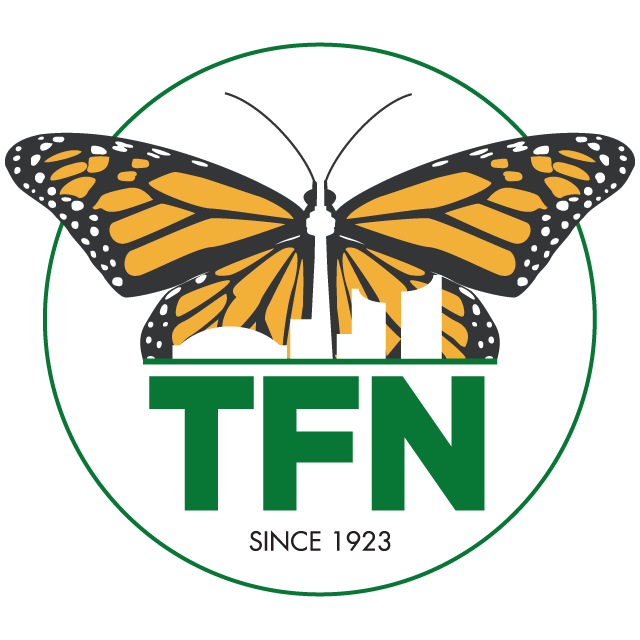Toronto’s first documented nesting pair of Bald Eagles has garnered national and international media attention. Bans on hunting and DDT allowed North American populations to slowly recover from a low point of just a few hundred pairs in the 1960’s. This pair’s presence in our urban environment may also represent a tangible result of slow and costly ecological restoration.
However, it is a sign of the times that the Toronto Region Conservation Authority (TRCA) has identified the greatest threat to this charismatic nesting pair as being ‘loved to death’ by a curious and adoring public. The agency is warning residents, birdwatchers, and nature enthusiasts not to look for or disturb the nest as it may cause the eagles to abandon the nest and eggs.
The Audubon Centre for Birds of Prey has an article that expands on the effects on human activity and disturbances near active Bald Eagle Nests. They note that Eagles are most vulnerable to disturbance during the first 12 weeks of the nesting cycle, which includes courtship, nest building, egg laying, incubation, and brooding. The dangers of disturbance to nesting eagles (and other bird species) include:
- Inadequately constructed or repaired nests.
- Abandonment of nests and territory.
- Damage to eggs or injury to young when adults are startled and flushed from the nest.
- Prolonged adult absences which leave eggs and young vulnerable to predation, hypothermia, heat stress, or loss of moisture.
- Disrupted foraging and feeding schedules which may affect the young’s plumage development, reducing changes of survival; and
- Premature fledging before the young are able to fly or care for themselves.
This iconic species is not alone in needing and deserving protection from disturbance. For the past few years, TFN’s Wildlife Protection Committee has been working to bring awareness to ethical nature viewing and photography practices and the many harmful effects of wildlife disturbance. To learn more about these topics see our blog entry on wildlife disturbance. The committee is also looking for new members to assist us in our efforts and interested individuals can contact Board and Committee member, Lynn Miller (volunteering@torontofieldnaturalists.org).
Submitted by Theresa Moore

